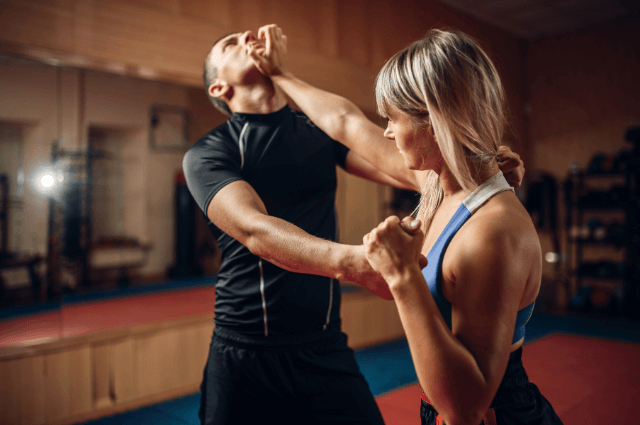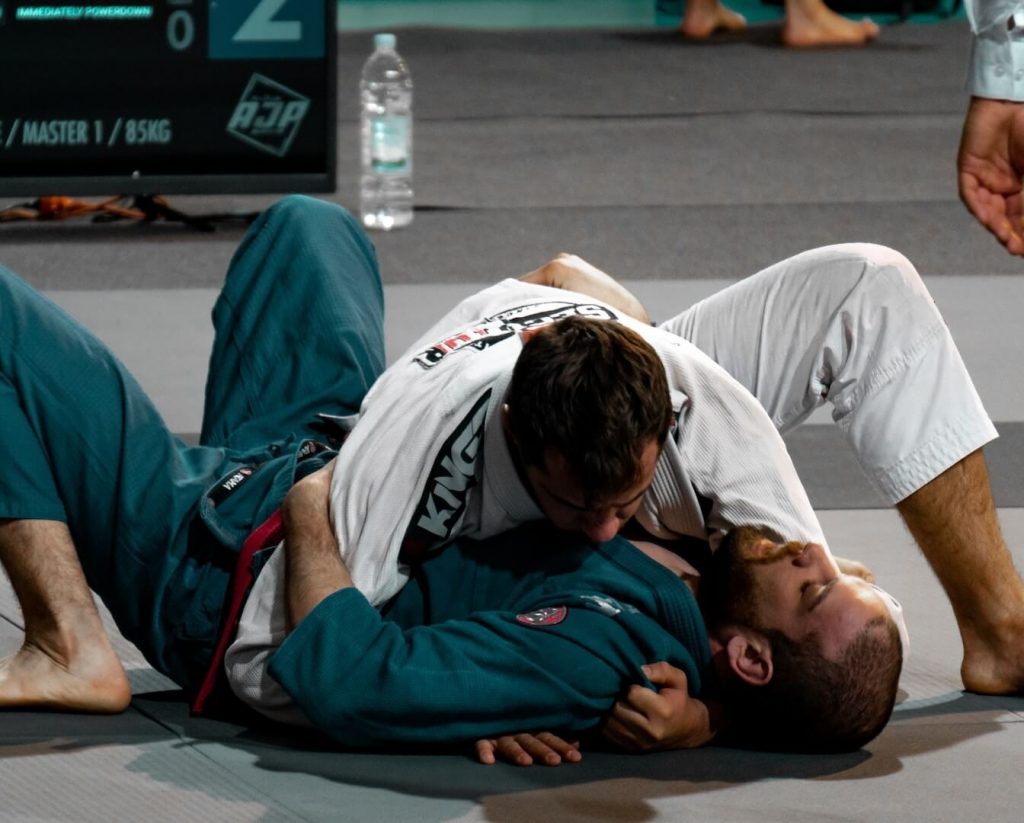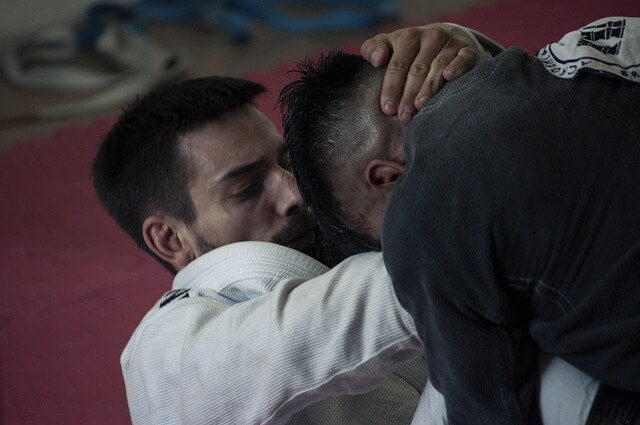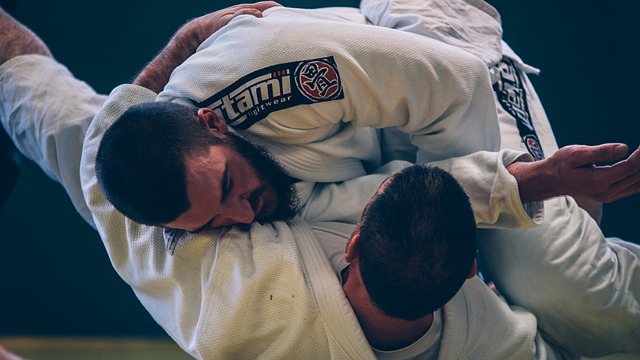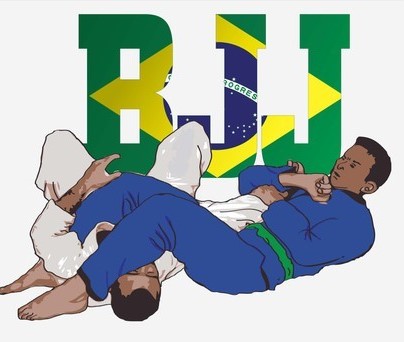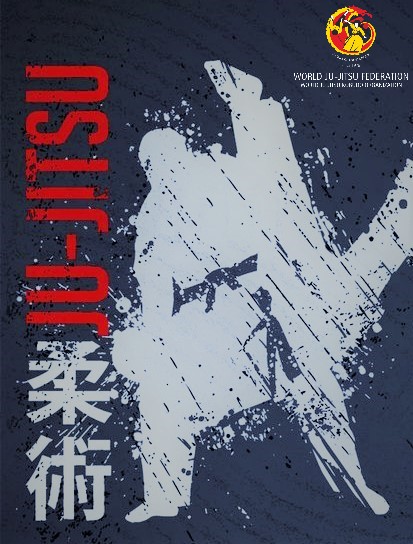Are you looking for ways to manage your stress and anxiety? Have you considered practicing Jiu-Jitsu? This martial art not only improves physical fitness but also has numerous mental health benefits. In fact, Jiu-Jitsu has been proven to be effective in reducing stress, anxiety, and depression. In this article, we will explore the mental benefits of practicing Jiu-Jitsu and how you can incorporate it into your routine to promote better mental health.
The Science Behind Jiu-Jitsu and Mental Health
Exercise is scientifically proven to improve mental health by reducing stress, anxiety and depression. By increasing the production of endorphins, serotonin, and dopamine in the brain, exercise helps to regulate mood, promote relaxation, and regulate sleep patterns. However, not all forms of exercise are equally effective in promoting mental well being. Jiu-Jitsu has a unique combination of physical activity, problem-solving, and social interaction that makes it an particularly effective tool for promoting mental health.
The experience of practicing Jiu-Jitsu involves a high level of physical exertion, which alone is an effective way to manage stress and anxiety. However, the benefits of Jiu-Jitsu don’t end there. This martial art requires mental focus, strategic problem-solving, and a sense of constant improvement, all of which contribute to the overall mental health benefits of the practice.
Reducing Stress
One of the biggest mental benefits of Jiu-Jitsu is that it helps to reduce stress. Training in this martial art requires intense focus and concentration, which helps to distract from daily worries and problems. Through the practice of techniques, drills, and sparring, Jiu-Jitsu practitioners are able to channel their energy into a productive outlet. This makes it an effective stress management tool that can be easily incorporated into your daily routine.
Additionally, the sense of community and support from fellow practitioners can also contribute to the stress-reducing benefits of Jiu-Jitsu. Being a member of a Jiu-Jitsu gym promotes inclusivity, creating a safe environment for people to destress and relax.
Alleviating Anxiety
Anxiety is a common mental health issue that affects millions of people worldwide. Studies have shown that Jiu-Jitsu can be an effective tool in alleviating anxiety. A major contributing factor to anxiety is a lack of control over situations. Jiu-Jitsu provides a controlled environment for its practitioners, helping to alleviate the feeling of anxiety by promoting focus, discipline, and a sense of control.
The problem-solving aspect of Jiu-Jitsu helps practitioners develop a sense of control over their own lives. As they master techniques and strategies, they become more confident in their ability to face challenges and overcome obstacles both on and off the mat. Additionally, the physical activity of Jiu-Jitsu helps to release endorphins, which naturally alleviate anxiety and promote a sense of well-being.
Improving Depression
Depression is another mental health issue that is prevalent in our society. Along with stress, anxiety and other mental health struggles, depression can be alleviated through physical activity. The endorphins released during physical activity have an anti-depressant effect and can improve mood.
Jiu-Jitsu provides a further benefit in that it gives a sense of accomplishment and purpose. Through the practise of Jiu-Jitsu, one can continuously improve and develop mastery. This feeling of achievement and progress can go a long way in helping those who struggle with depression to have a greater sense of worth.
Boosting Confidence
Another major benefit of Jiu-Jitsu is that it promotes confidence. Practicing this martial art requires perseverance and dedication, traits that translate into other areas of life. Through Jiu-Jitsu training, practitioners learn to overcome obstacles and challenges, which boosts their self-esteem and confidence. This newfound confidence can translate into mental health benefits, such as reduced stress and anxiety.
Additionally, the physicality of Jiu-Jitsu promotes greater body awareness and self-esteem. As practitioners improve their technique, they develop a greater sense of control over their own bodies. This can result in greater self-confidence and self-esteem outside of the gym.
Social Benefits
Another aspect to consider is the social benefits of practicing Jiu-Jitsu. As you progress in your practice, you will have the opportunity to meet and interact with other people who share your passion. This sense of community and support can be a great aid in promoting mental health. Jiu-Jitsu gyms strive to be places where everyone feels welcomed. The social bonds you form during Jiu-Jitsu can lead to a deeper sense of belonging and purpose in life.
Incorporating Jiu-Jitsu into Your Routine
Jiu-Jitsu can be incorporated into any fitness routine, whether it be a daily activity or a weekly one. Typically, classes last between one to two hours and with different levels according to the student’s experience.
Conclusion
In conclusion, Jiu-Jitsu is an excellent way to improve your mental wellbeing by reducing stress, anxiety, and depression, while also boosting your confidence and self-esteem. Its unique combination of intense physical activity, mental focus, and strategic problem-solving provide practitioners with a productive outlet for their energy and a safe space to feel supported and encouraged.
The social aspect of Jiu-Jitsu is also an important contributor to mental wellbeing, as it provides a sense of community and belonging. Incorporating Jiu-Jitsu into your fitness routine is an excellent way to promote better mental health and become part of a welcoming community of fitness enthusiasts.
So why not give Jiu-Jitsu a try and experience its many physical and mental health benefits for yourself?
Sources Used:
- Top 8 Mental Health Benefits Of BJJ
- The Surprising Psychological And Meditative Benefits Of BJJ
- BJJ for Mental Health – Benefits of Brazilian Jiu Jitsu

